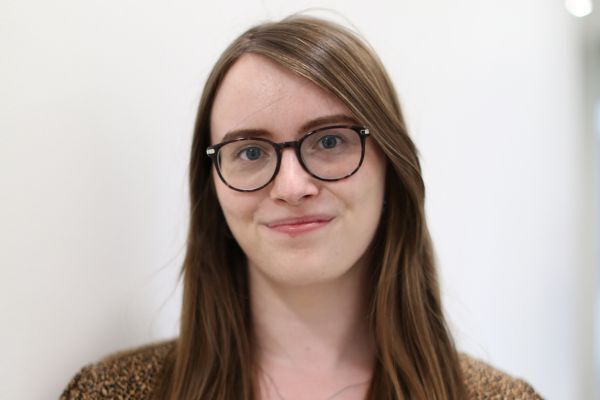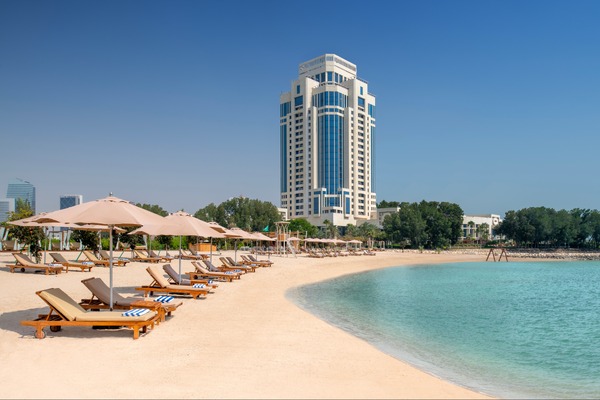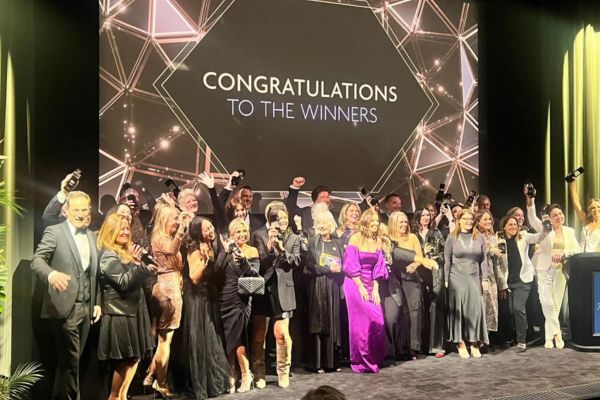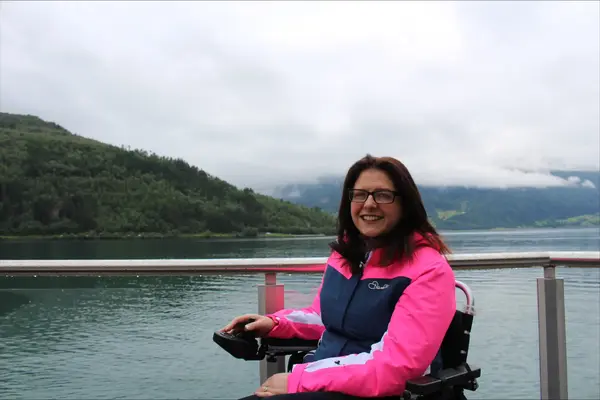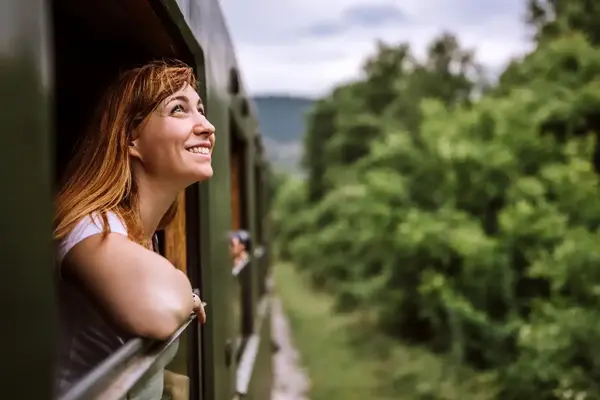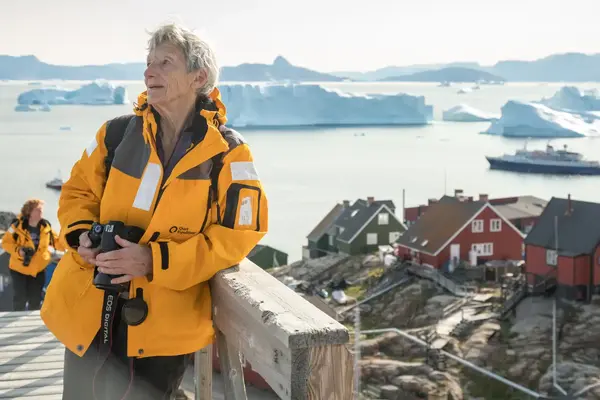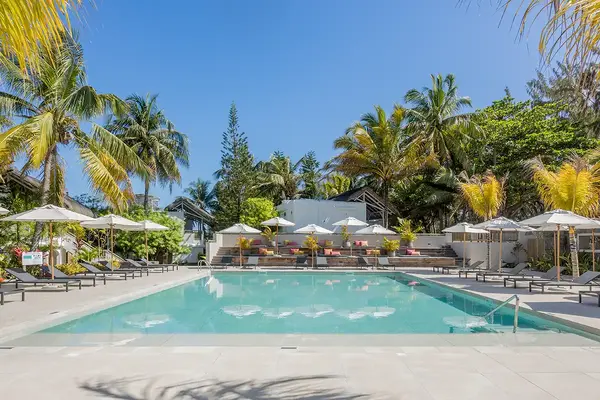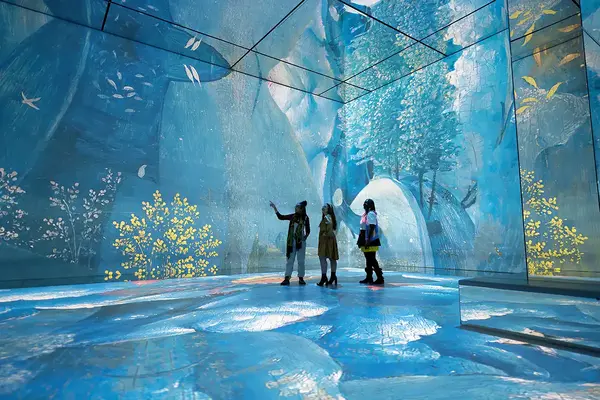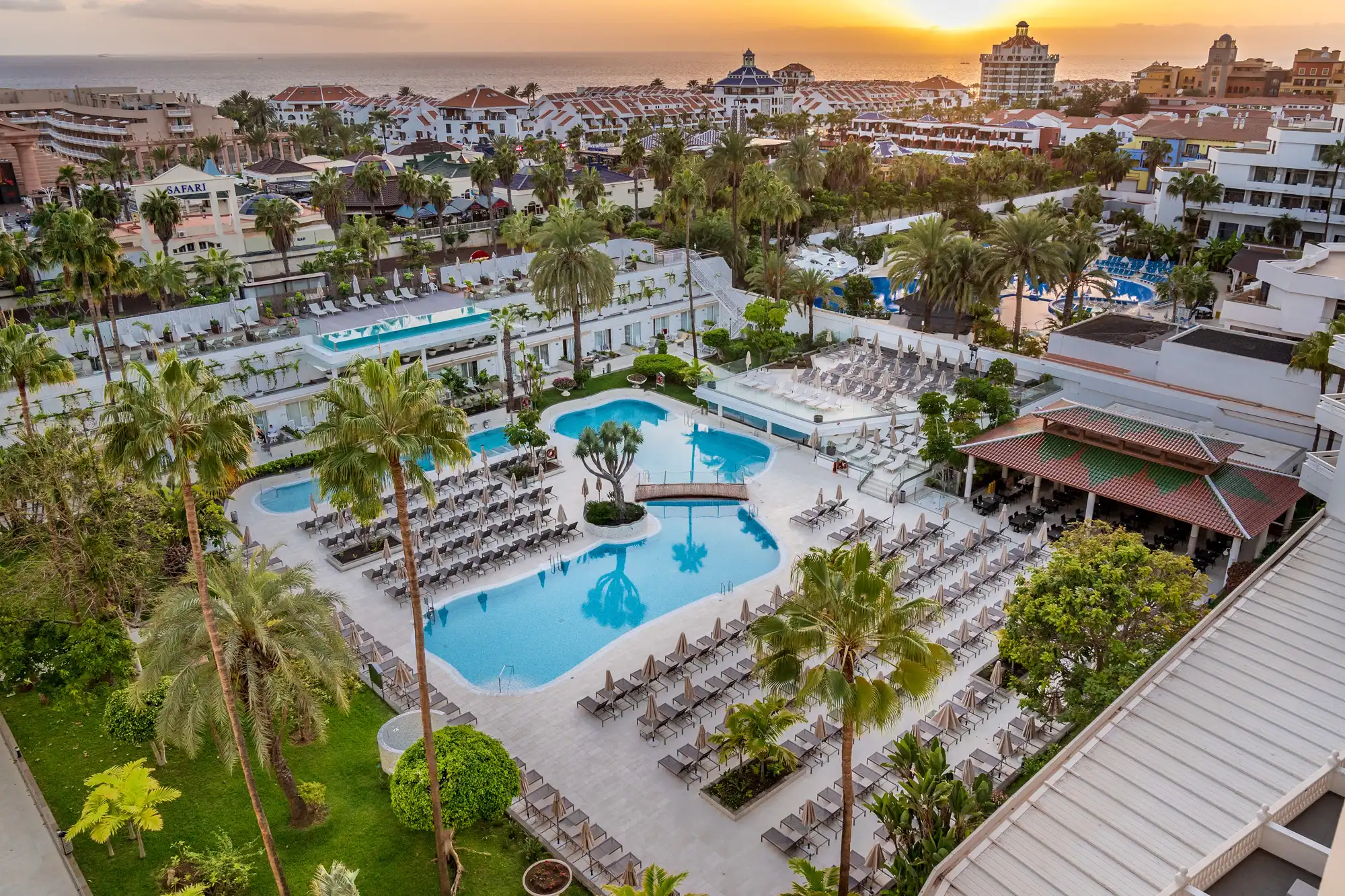Q&A: Ground-breaking Four Seasons Resort Bali at Sayan at 25 - designer John Heah discusses its creation
Celebrating nature and traditional crafts, Four Seasons Resort Bali at Sayan turned the idea of luxury hotels on its head when it opened 25 years ago. Original designer John Heah assesses its impact.

What do you believe was ground-breaking in your design?
With Four Seasons Resort Bali at Sayan, we were asked to explore what was the minimum viable number of keys and provide a unique boutique experience in a location which was originally a backpackers’ destination!
Little did people realise that high-end guests would also enjoy living close to artist colonies, paddy fields and wanting to better understand the unique countryside. Our designs facilitated that experience to introduce the culture of art, rice fields and the Ayung to guests in a contemporary way.
How do you think it influenced later resort design?
[We wanted] to be able to carefully use contemporary design language to enhance a true Balinese experience and to help people understand there is another forward-thinking way, which still respects the past [and] to use a contemporary way of living and thinking to curate a beautiful experience.
We wanted to do something people never thought they ever wanted but once they experienced it, it becomes something they would like more of.
The lobby is our introduction to the schematic landscape screen of nature, which mesmerises [with its] natural beauty. In the evening the lobby becomes a cultural vessel which stages the Balinese dances in a very powerful environment as well as local Balinese instruments.
Incorporating local touches was a new idea at the time, how did you go about this?
Our original interiors, which sadly has been replaced, had more local crafts. I went round buying painted panels the locals used in their houses as privacy dividers and these were placed on our living room walls to contrast what the Balinese did previously with what we did here at Sayan.
The two wings were always intended to be an art gallery to promote local artists. Sayan opened with a show of local Balinese women local artists: this promotion of local artistry continues to this day.
You have talked about giving people an emotional, transformative connection, a sense of release on arrival – how was this achieved?
I wish I can say I am able to do this for every resort we do! Sayan’s location is super special and I believe it to be sacred with its beautiful relationship with the Ayung and the sky.
When people cross the bridge, many tell me they feel released! Some need [some time on] the top platform and when they are ready, their walk down the staircase into the lobby seems to bring a smile.
Arriving at Sayan is a journey and for many it remains something they remember, which I am most humbled by.
We wanted people to leave all their worries behind when they are asked to cross the bridge and with the combination of the landscape, the sound of the rivers and the smell of the air, people relax.

The Balinese also made the resort with joy using their hands. On countless evenings we would stay back in the evening to hang out with the workers who stayed as family units on the site in order to thank them for the work they did that day. Architecture is all about teamwork.
We did the easy bit in designing the resort, we needed to rely on the Balinese to interpret our drawings and they did so beautifully. It was designed with love and passion, and also built with joy and pride by the Balinese. A lot of the workers were local and wanted to then work at Sayan for Four Seasons. That is very magical.
How did you incorporate the need to be sustainable?
It is a natural thing in Bali to build carefully. Trees cannot be moved unless it is a full moon and prayers and incense are placed every evening during construction.
We wanted to keep the paddy fields as working fields and with that comes a natural ecosystem with dragon flies, fish and frogs.
We love Bali and we also lived in Sanur to drive to work everyday to make sure Sayan was born nicely!
What have been the biggest resort design trends since Sayan opened?
Bali has always been the best showcase for tropical resort design. On this island you can find beautiful work by Jeffrey Bawa at Batujimbar Estate, as well as Peter Muller’s inventiveness at Seminyak and Ubud, we also find that Ed Tuttle and Kerry Hill worked in the hotel at Sanur, and that it was at Cafe Batujimba where they first met Adrian Zecha who happened to have a house next door in Batujimbar Estates!
I happen to be one of the lucky designers allowed the opportunity to add to Bali’s incredible portfolio of resorts. We hope since Sayan we have allowed designers to have greater freedom and to encourage owners to allow their architects to be more creative.
The island continues to have many creative interpretations of a tropical resort and I hope we have contributed in a small way to that.
What project is on your wish list?
I wish I’d have another opportunity to do another Sayan somewhere in the world!
We had the perfect combination of Isadore Sharp [Four Seasons’ founder] wanting to stretch his creative wings, he had Chris Wallis who was the master mind of many Four Seasons properties, and he taught me so much about hospitality and we also had an incredible owner who was willing to give ‘the crazy one’ a chance.
It was not an easy ride, but the creative tension allowed Sayan to flourish today and I am so grateful for the these three people who believed our team could make this happen.




